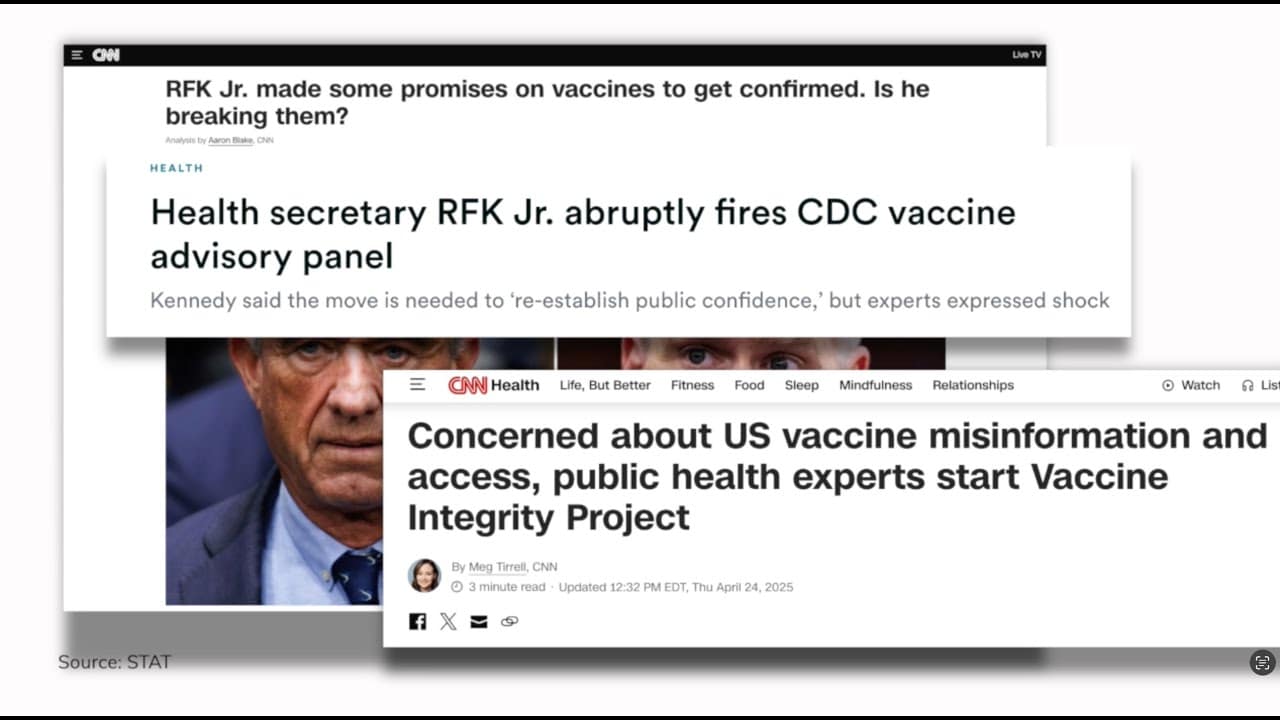Health Care Research
Our research unveils innovations spurred by shifts in mindsets and strategies to create healthier futures for all.

Why health care?
Nationally, 90% of health care spending is allocated to medical care, yet accounts for only 10-20% of health outcomes. This means the US pays roughly 600% more for medical care than it should. Recent research from the Commonwealth Fund shows that despite spending the highest percentage of gross domestic product (GDP) on health care, the US has the worst outcomes of high-income countries.
The problem is especially grave for women’s health, as women spend 25% more time in poor health than men. Additionally, women in the US have higher maternal mortality rates than any other wealthy nation. Adding insult to injury, a recent CDC analysis highlighted that 84% of these deaths are preventable.
Our research tackles these seemingly intractable problems, unveils new insights, shapes industry conversations, and shifts mindsets to create healthier futures for all. We do so through unique frameworks, novel business model compasses, and strategy roadmaps. We study the innovators, so you can be a more effective one.
Health Care Research Topics
Within health care, theory has identified these specific research areas as currently having disruptive potential:
Meet the Researcher

Ann Somers Hogg
Ann Somers is the director of health care research. View Ann Somers’ profile
Ann Somers’ research highlights:
- If health is wealth, America’s working mothers are living in extreme poverty: A framework for proper diagnosis and effective treatment
- You are what you treat: Transforming the health care business model so companies—and people—thrive
- Improve or transform: Choosing the right business model to deliver health
Ann Somers’ media highlights:
- Why ‘Drivers Of Health’ is a better way to describe SDOH
- Blue Cross strikes ‘pay-for-equity’ deals with hospitals
- A case to revamp the workweek
Ann Somers’ webinar/podcast highlights:
Recent Health Care Content
Looking for more resources from our health care researchers? Explore our resource library.
Stay connected
Sign up to receive email updates on our health care research:



